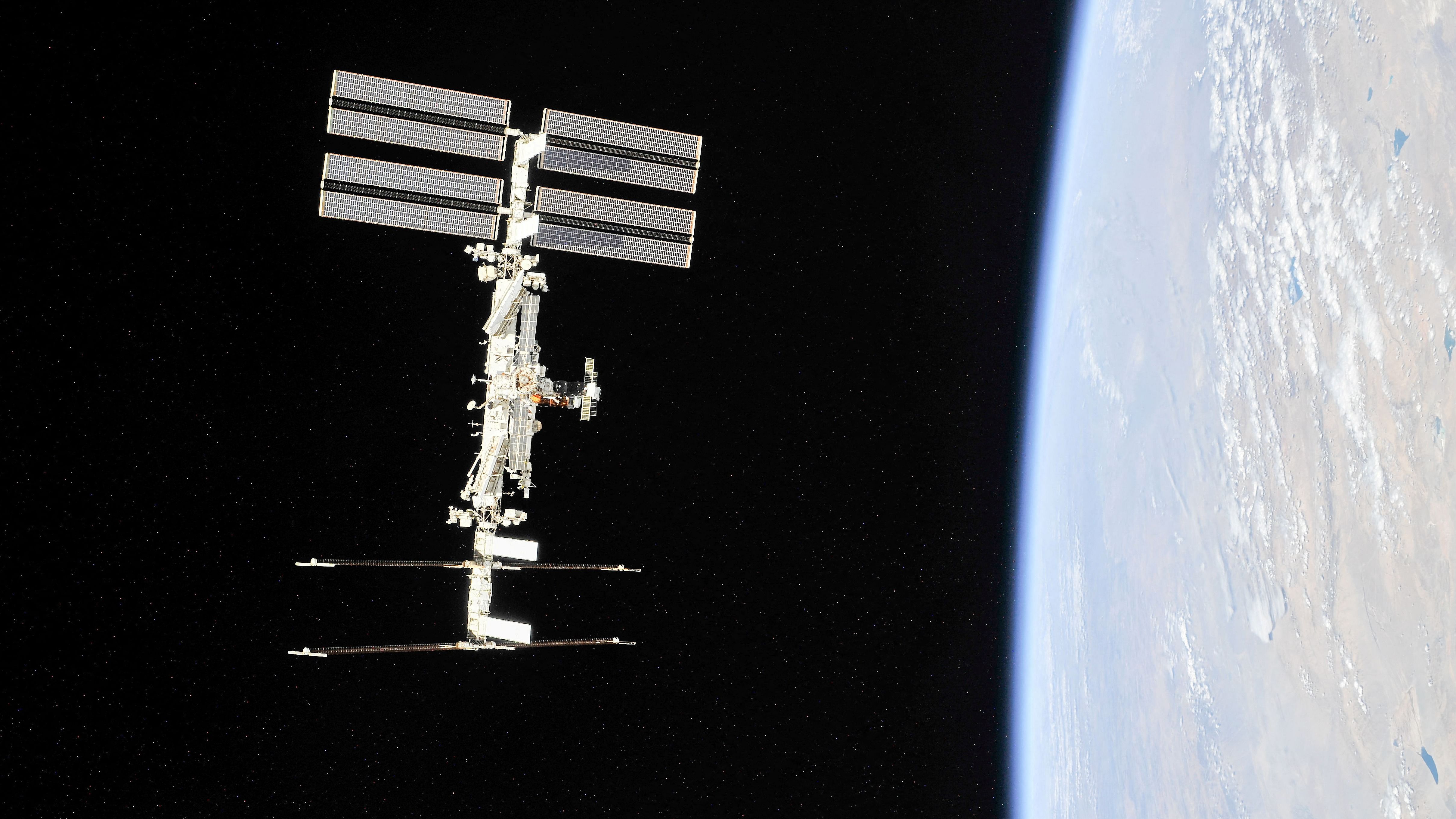
The International Space Station (ISS) in orbit around the Earth.
Credit: Reuters File Photo
By Sana Pashankar and Loren Grush
Vast Space, the aerospace startup founded by former crypto tycoon Jed McCaleb, revealed its plans for a successor to the International Space Station, joining Jeff Bezos’ Blue Origin and others hoping to commercialize Earth orbit.
Haven-2 would serve as a specialized lab in low-Earth orbit, where visitors can conduct microgravity research. It’s also meant to serve as a destination for NASA’s international partners to send their astronauts.
The design calls for four cylindrical modules that can dock to one another to form one complete station. Vast envisions having the first module of Haven-2 in space and fully operational by a relatively close date of 2028, well before the ISS is set to retire and be de-orbited in 2031.
“We picked this ambitious timeline and strategy as a way to disrupt and win the competition,” Vast Chief Executive Officer Max Haot said.
Though NASA plans to retire the ISS, the space agency is calling on commercial companies to develop the next generation of private space stations to continue having destinations for astronauts to visit in low-Earth orbit. Companies such as Axiom Space Inc., Blue Origin and Starlab Space have already been awarded agreements and hundreds of millions of dollars in funding by NASA to develop designs for commercial space facilities.
Vast also hopes to compete as NASA picks finalists for its space station successor contracts in 2026, which Haot anticipates would potentially award $2 billion in funding for as many as two winners.
Haven-2 builds off the design of Vast’s Haven-1 space station, for which the company announced plans in 2023. Vast holds a contract with SpaceX to launch Haven-1 as early as next year on a Falcon 9 rocket. The company then plans to launch a crew to Haven-1 on a SpaceX Crew Dragon capsule.
After launching the initial Haven-2 module in 2028, Vast plans to send up the additional three modules in 2029 and 2030, followed by a much larger core module in 2030. The last piece will serve as a primary hub that all of the four modules will connect to, expanding the interior space. The Haven-2 modules are meant to launch on SpaceX’s Falcon Heavy rocket, while the main hub is designed to launch on SpaceX’s future Starship rocket.
Haot declined to give an exact cost for Haven-2 but said that by the time the company flies the first crews to Haven-1, it expects to have invested as much as $1 billion. Vast will also be holding a fundraising round between the end of 2024 and the end of 2025 for the development of Haven-2, allowing the company to rely on external investors as well as McCaleb, its primary financier.